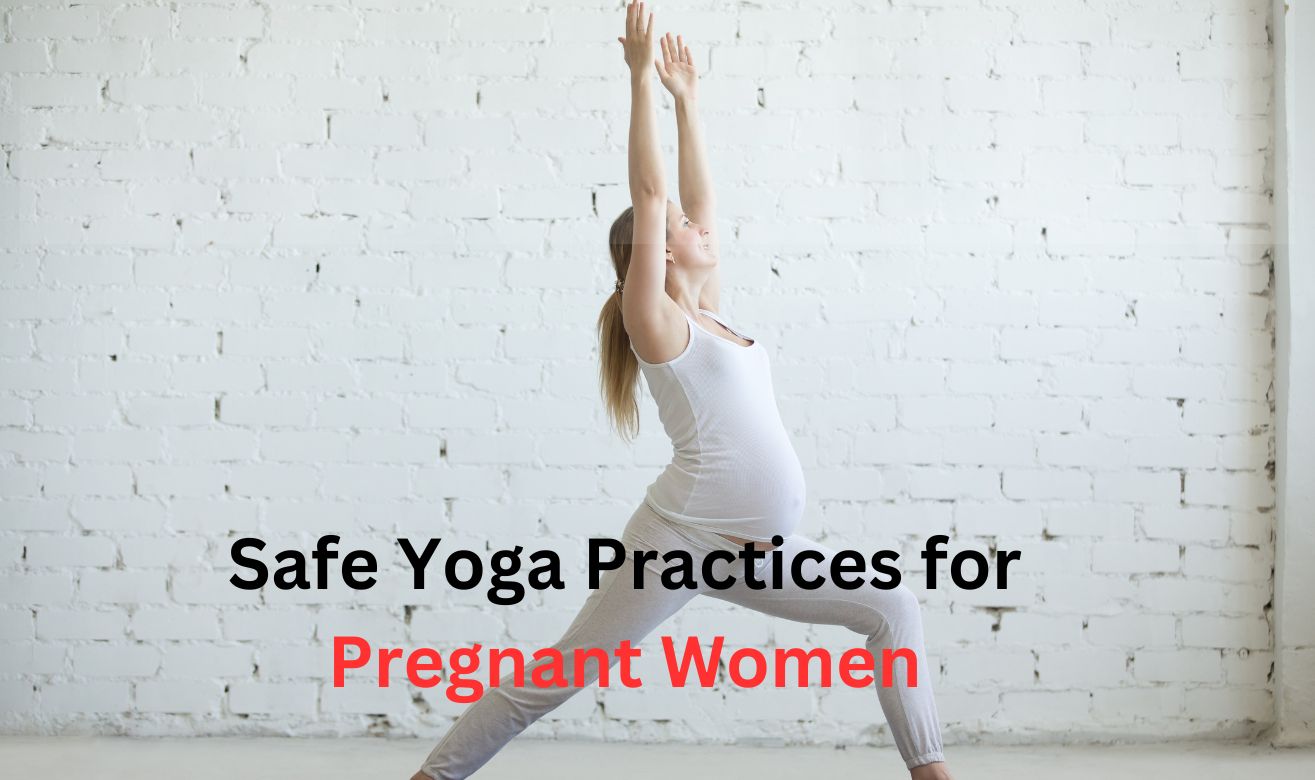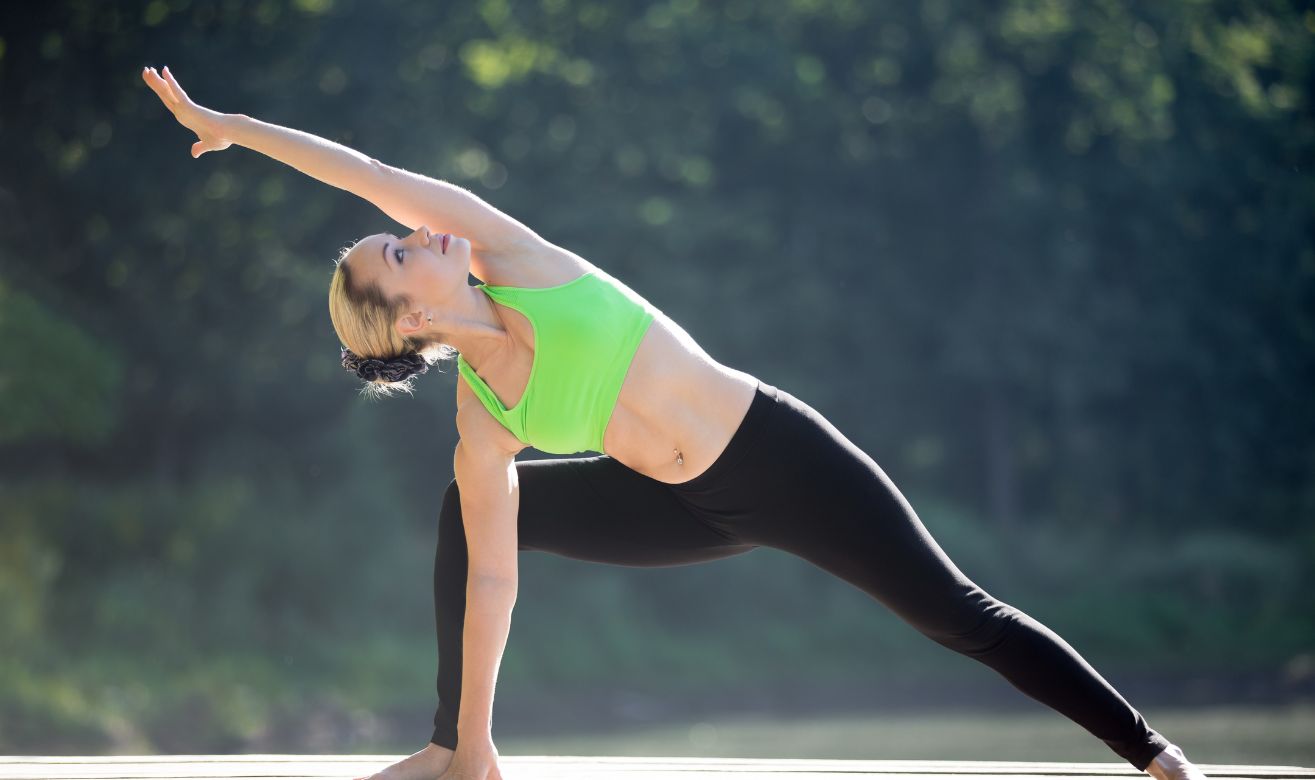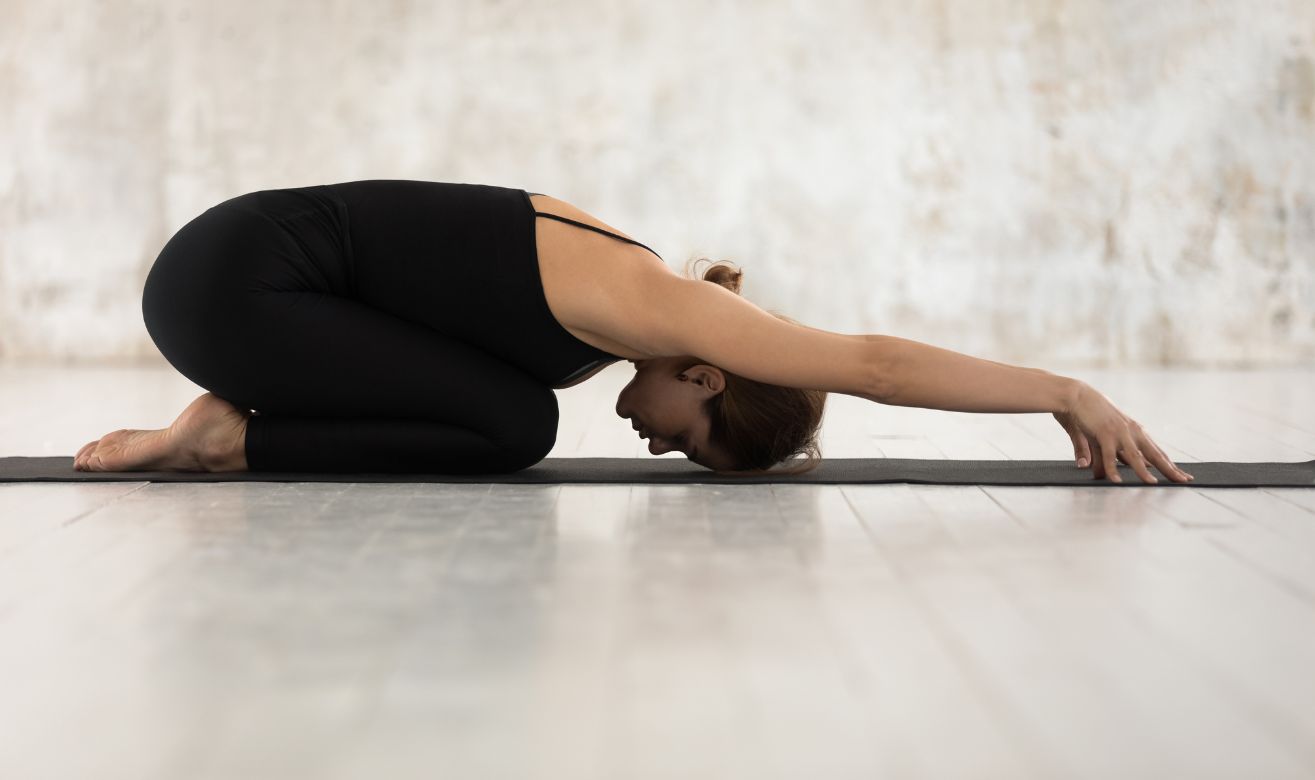Pregnancy is a beautiful and transformative journey, but it also comes with physical and emotional challenges. As your body changes to support the growth of new life, maintaining physical activity becomes essential—not just for your health but also for the baby’s well-being. Among the safest and most effective forms of prenatal exercise is yoga.
At Yogaadi, known for offering the best 200 hour yoga teacher training in Rishikesh, we deeply understand how yoga can support women during all stages of pregnancy. This blog is your complete guide to safe yoga practices for pregnant women, designed to promote flexibility, reduce stress, and prepare the body for childbirth.

Why Yoga During Pregnancy?
Yoga is more than just physical exercise. It helps improve posture, circulation, and muscle tone—all of which are critical during pregnancy. It also reduces stress, promotes relaxation, and strengthens the connection between mind and body.
When practiced safely, yoga can:
- Reduce lower back pain
- Improve sleep
- Decrease nausea and headaches
- Enhance mood and emotional balance
- Prepare the body for labor and delivery
General Safety Guidelines for Prenatal Yoga
Before diving into specific postures, here are a few safety tips every pregnant woman should follow:
- Consult Your Doctor First – Always check with your healthcare provider before starting any new exercise routine during pregnancy.
- Avoid Overexertion – Pregnancy is not the time to push limits. Listen to your body.
- Modify Postures – Some poses may need to be adjusted as your body changes.
- Avoid Lying Flat on Your Back After the First Trimester – This can reduce blood flow to the uterus.
- Stay Hydrated and Breathe Deeply – Never hold your breath during yoga practice.
Safe Yoga Poses for Pregnant Women (By Trimester)
First Trimester (Weeks 1–13)
Focus on building a stable foundation while avoiding overly intense movements.
Recommended Poses:
- Cat-Cow Stretch (Chakravakasana): Eases back pain and improves flexibility.
- Bound Angle Pose (Baddha Konasana): Opens hips and improves circulation.
- Mountain Pose (Tadasana): Builds posture and grounding.

Second Trimester (Weeks 14–27)
Support the growing belly with gentle standing and seated poses.
Recommended Poses:
- Warrior II (Virabhadrasana II): Strengthens legs and promotes balance.
- Extended Side Angle (Utthita Parsvakonasana): Stretches the body while building endurance.
- Wide-Legged Forward Bend (Prasarita Padottanasana): Opens hips and relieves tension.

Third Trimester (Weeks 28–40)
Focus on breathing, stretching, and relaxation. Avoid deep twists or balancing poses.
Recommended Poses:
- Child’s Pose (Balasana): Relieves stress and back pain.
- Garland Pose (Malasana): Helps open the pelvis in preparation for childbirth.
- Reclined Bound Angle Pose (Supta Baddha Konasana): Great for relaxation and hip opening.

The Role of Breathwork and Meditation
Breath control, or pranayama, plays a vital role in prenatal yoga. Deep breathing techniques such as Anulom Vilom (alternate nostril breathing) and Ujjayi (ocean breath) calm the nervous system and promote mental clarity.
Guided meditations can also help expecting mothers manage anxiety and create a deeper bond with their baby.
How Our Training at Yogaadi Supports Prenatal Yoga
At Yogaadi, we go beyond physical training. Our best 200 hour yoga teacher training in Rishikesh includes modules on anatomy, safety, and teaching modifications for different body types—including pregnant women.
Many of our students have gone on to specialize in prenatal yoga, thanks to our:
- Certified and experienced instructors
- Holistic and traditional approach to yoga
- Safe and supportive training environment
- Focus on physical, mental, and spiritual balance
If you’re an aspiring yoga teacher or someone passionate about maternal health, our program is your first step toward mastering the Best Yoga Training in Rishikesh with real-world applications.
Final Thoughts
Pregnancy is a sacred time that deserves gentle care and attention. Yoga, when practiced mindfully and safely, can be a beautiful companion during this journey. From breathwork to physical movement, it strengthens, relaxes, and empowers the expecting mother.
Whether you’re a pregnant woman looking to stay active or a yoga teacher wanting to support prenatal students, remember—safety, awareness, and compassion are key.
